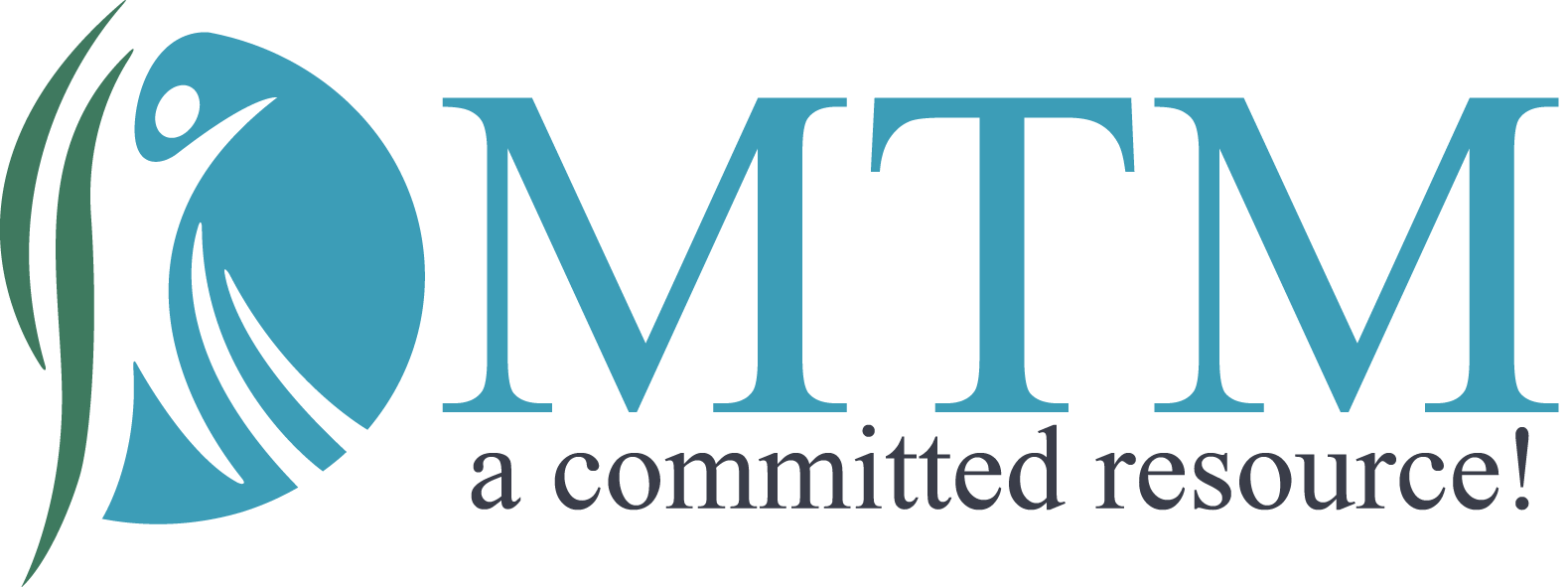7 Strategies for California Work Comp Treaters to Ensure Payment for Provided Treatments
Maximizing Reimbursements in California Workers' Compensation
Navigating the complexities of the California workers' compensation system can be challenging for medical providers. At Medrina Technology Management, we specialize in helping healthcare providers streamline their workers' compensation billing to collections all under one roof. We manage your intakes, submit your bills timely to the correct payers ensuring the fastest reimbursement, send your requests for treatment authorization, manage partial payments, and respond to denial correspondence. If needed, we will file your liens and effectively negotiate in-house or in the court.
Here are seven most important strategies to ensure you get paid for the treatments you provide.
1. Effective WC Injury Verification
Often when we receive intake information, we don't have the correct payer information. It is very important to obtain the correct payer information before submitting medical bills. This is especially common with cumulative and trauma injuries, where the exact payer information is often unmatched or unclear. Effective injury verification involves:
- Conducting thorough investigations to identify the correct payer.
- Communicating regularly with applicant attorneys to gather any additional information.
- Verifying insurance coverage before proceeding with treatment.
Accurate identification of the payer ensures that your claims are directed to the right entity, reducing delays and denials.
2. MPN Check
The Medical Provider Network (MPN) is crucial in the California workers' compensation system. Before treating an injured worker, it's essential to verify whether the claim is authorized or accepted within the MPN. This involves:
- Checking the MPN status of the employer.
- Ensuring that the treatment is provided within the network to avoid payment issues.
- Confirming the acceptance or denial status of the claim. If the claim is denied, the injured worker has the choice to choose their own physician and can go outside of the MPN network.
Knowing the MPN status and the claim's acceptance ensures that treatments are authorized, reducing the risk of non-payment.
3. Effective RFA Process
California medical providers treating injured workers are mandated to request authorization for any further treatment. An effective Request for Authorization (RFA) process can significantly reduce issues related to treatment approvals. Key steps include:
- Ensuring RFAs are complete and detailed, justifying the medical necessity of the proposed treatment.
- Submitting RFAs promptly to avoid unnecessary delays.
- Keeping meticulous records of all RFA submissions and responses.
A streamlined RFA process helps in obtaining timely authorizations, thereby facilitating uninterrupted patient care.
4. Reliable Bill submission solution
Using a reliable billing application ensures that claims reach the correct payer every time. This can be achieved by:
- Implementing a robust billing system that validates payer information before submission.
- Regularly updating payer information databases.
- Utilizing automated systems to reduce human error in billing.
A reliable billing application minimizes claim rejections and improves the likelihood of timely payments.
5. Effective Bill Tracking and Bill Correction
Don’t let pending claims fall through the cracks. Effective bill tracking and correction involve:
- Implementing a system to monitor the status of all submitted claims.
- Regularly auditing bills to identify and correct any errors.
- Addressing queries from insurance carriers promptly to resolve discrepancies.
Establish a routine for tracking and correcting bills to ensure that claims are processed without unnecessary delays.
6. Effective SBR and IBR Process for Partial Payments
When partial payments are received, it's important to have an effective process for Second Bill Review (SBR) and Independent Bill Review (IBR). This involves:
- Reviewing partial payments to determine if they match the expected reimbursement.
- Submitting a detailed SBR to contest underpayments.
- If necessary, escalating to IBR with comprehensive supporting documentation.
An effective SBR and IBR process ensures that you receive full payment for the treatments provided.
7. Aggressive Litigation and Lien Management
When disputes arise, aggressive litigation and lien management are essential. This includes:
- Working with experienced legal professionals to handle litigation.
- Managing liens proactively to ensure that they are filed correctly and pursued diligently.
- Regularly reviewing lien status and taking necessary actions to enforce payment.
Aggressive litigation and lien management protect your financial interests and ensure that you are compensated for your services.
Conclusion
Remaining vigilant and proactive is essential for California work comp treaters to ensure they get paid for the treatments provided. By implementing these seven strategies, medical providers can navigate the complexities of the workers' compensation system more effectively, ensuring timely and accurate reimbursements. At Medrina Technology Management, we are dedicated to supporting providers in maximizing their reimbursements and streamlining their billing processes.
Stay updated with the latest insights and news in medical billing services and workers' compensation billing and collections. Enter your email below to subscribe to our blog
Most Recent Articles




